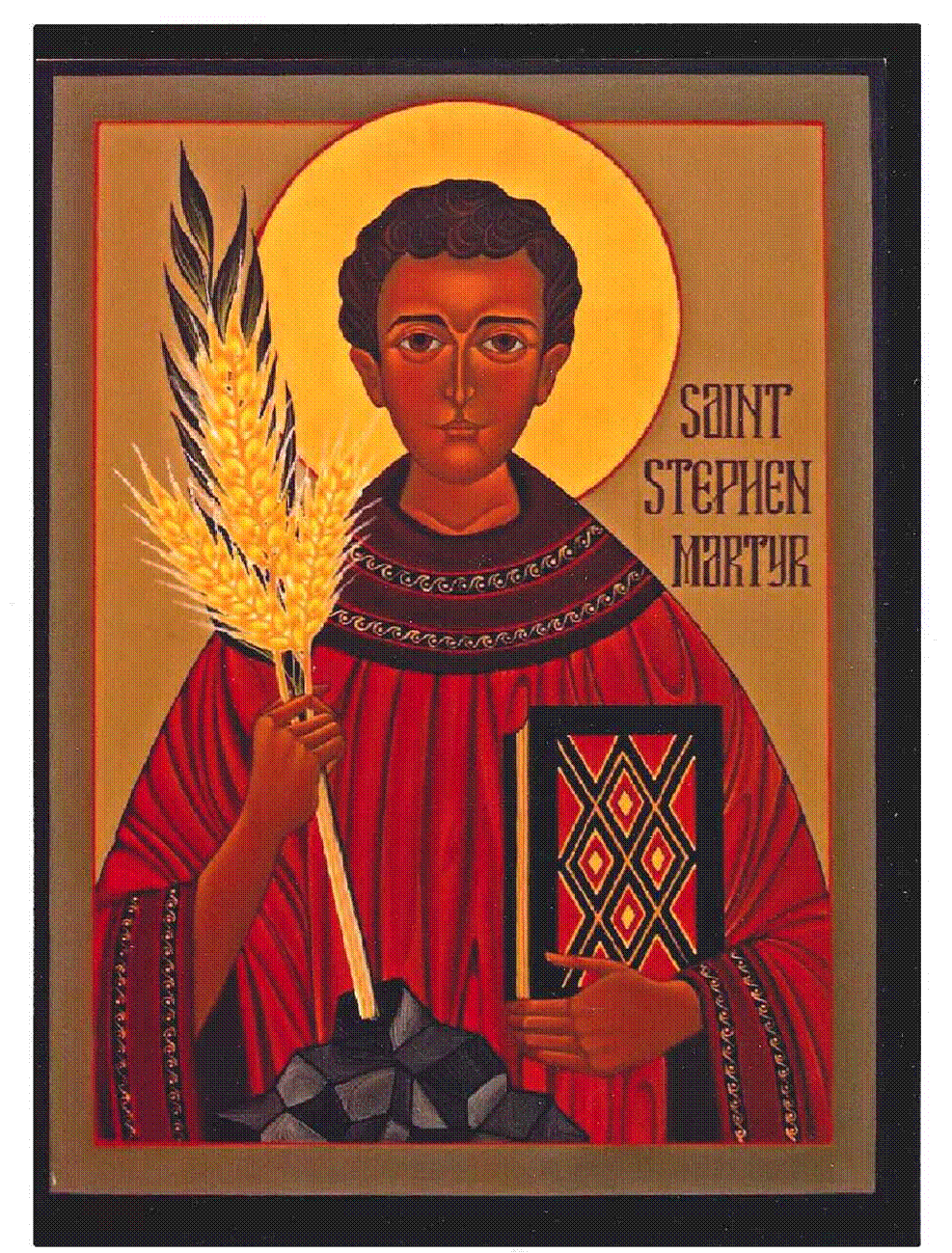Looking back to go forward

I've been going through the thousands of photos on my computer. They are a mix of personal photos and St. Stephen's photos.
I’m getting rid of duplicates. I’m getting rid of the out-of-focus photos. I’m getting rid of the pictures where people have weird expressions, or they’re stuffing food in their mouths. I’m getting rid of all the pictures you wish were never taken of you.
They are leaving the St. Stephen's photo archive.
You're welcome.
I recently went through a set of photos from the 2017 trip that Dave and I took to Berlin.
East Berlin is the only place I can claim to have visited that Dave has never, and will never be able to visit. I traveled to East Berlin in 1968 to visit some of my father's relatives. I was old enough to understand that traveling to East Berlin was a big deal and to recognize the stark differences between East and West Berlin.
Dave was never allowed to visit East Berlin during his childhood growing up in Germany. That was the downfall of having parents who worked for the U.S. government in the 1960s.
In 2017 Dave and I went to Berlin not knowing what we were going to do, just knowing that it would be different from what both of us had experienced as children.
One evening we went to Bernauer Strasse, where the Berlin Wall had split a neighborhood. These houses were literally on the dividing line between East and West Berlin, and it became a location from which people were occasionally able to escape to the west and freedom.
One of the spots along the memorial walk is the Chapel of Reconciliation. The 1894 Church of Reconciliation originally on the site was caught between the outer and inner portions of the Berlin Wall. The East Germans destroyed in 1985. Four years later, the Berlin Wall fell.
During the reunification of Berlin, the trend was to get rid of the physical reminders of the city’s division. The Reconciliation Parish decided to build a chapel to commemorate its past and look toward the future.
The statue of reconciliation stands outside the chapel. The statue is one of many replicas placed in locations such as Hiroshima, Japan, and Belfast, Ireland. The original is at the rebuilt Coventry Cathedral in England. The statues are a reminder of the healing that can take place with the attentive listening and forgiveness of reconciliation.
Easter is a time of reconciliation. "All this is from God, who reconciled us to himself through Christ and gave us the ministry of reconciliation: that God was reconciling the world to himself in Christ, not counting men's sins against them. And he has committed to us the message of reconciliation." (2 Corinthians 5:18-19)
Reconciling is a little like going through those old photos. We can remember and acknowledge that good and bad have happened in our lives. We can remember that those things are in our past. And while the past colors our future, the past is not our future. God does not count our sins against us.
We are not alone; we live in God’s world.
We believe in God:
who has created and is creating,
who has come in Jesus,
the Word made flesh,
to reconcile and make all things new,
who works in us and others,
by the Spirit.
We trust in God.
We are called to be the church:
to celebrate God’s presence,
to live with respect for creation,
to love and serve others,
to seek justice and resist evil,
to proclaim Jesus, crucified and risen,
our judge and our hope.
In life, in death, in life beyond death,
God is with us.
We are not alone.
Thanks be to God. Amen
(Prayer from the Iona Community)
- Ann Iona Warner












